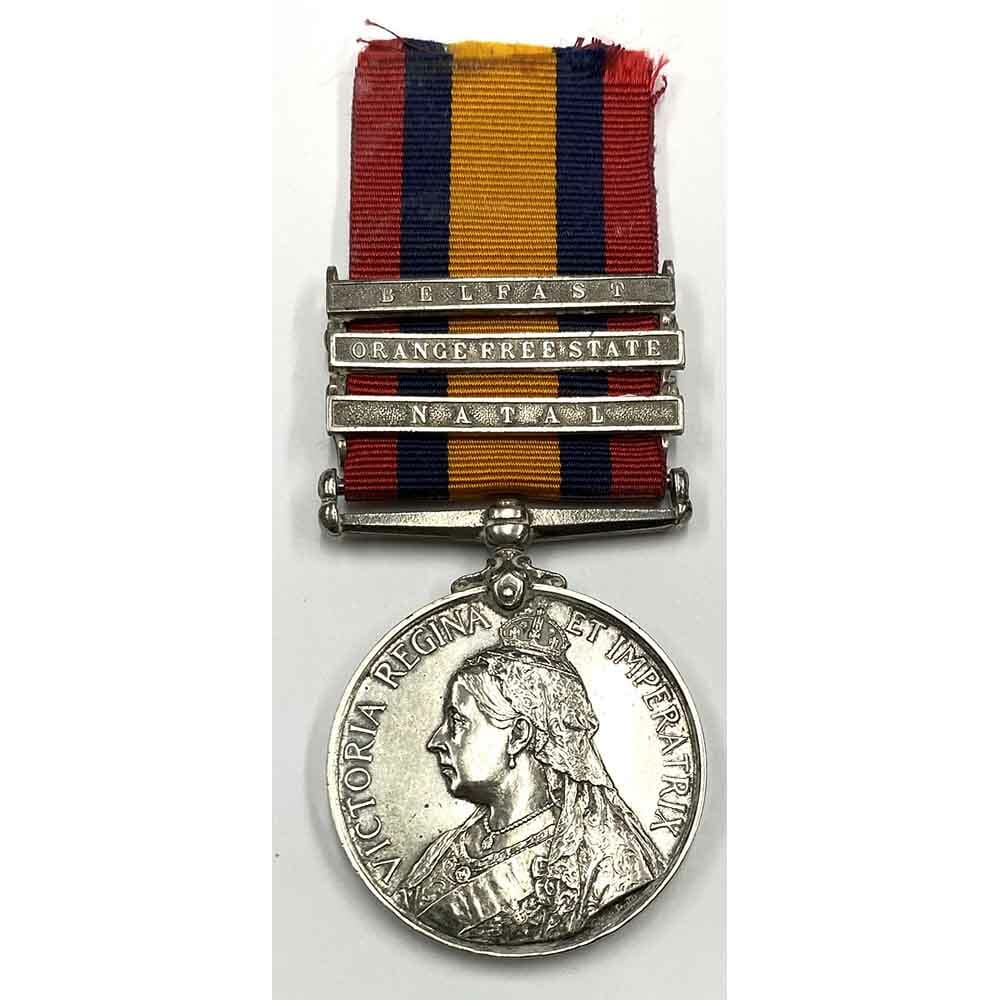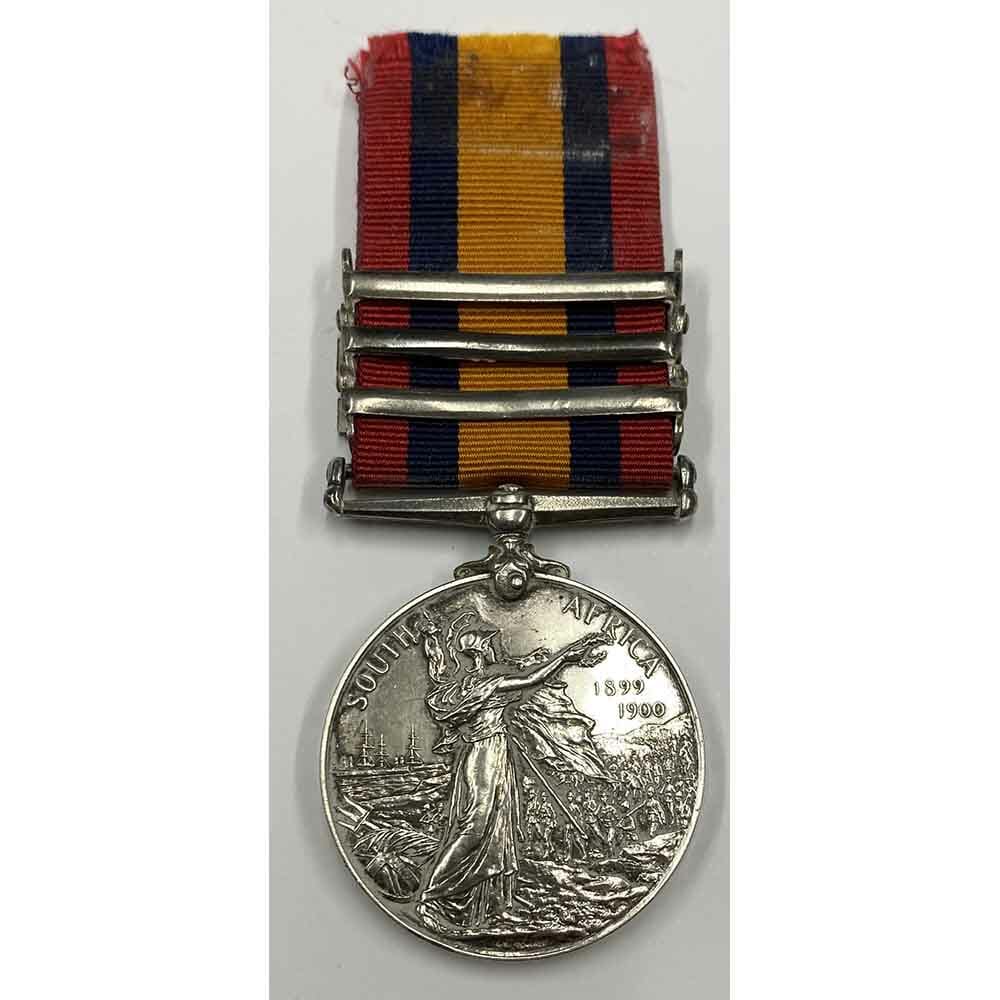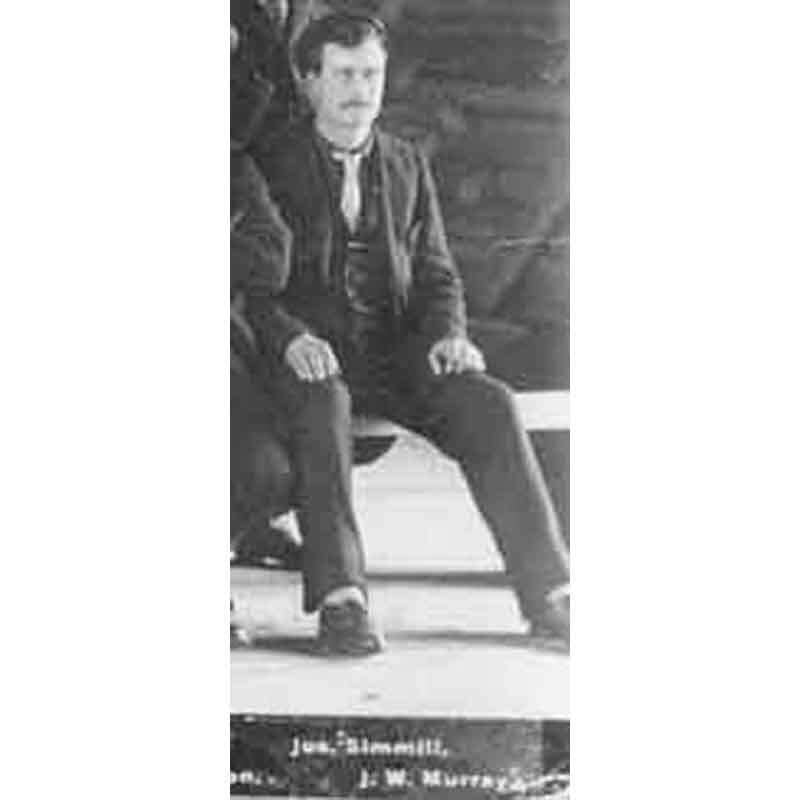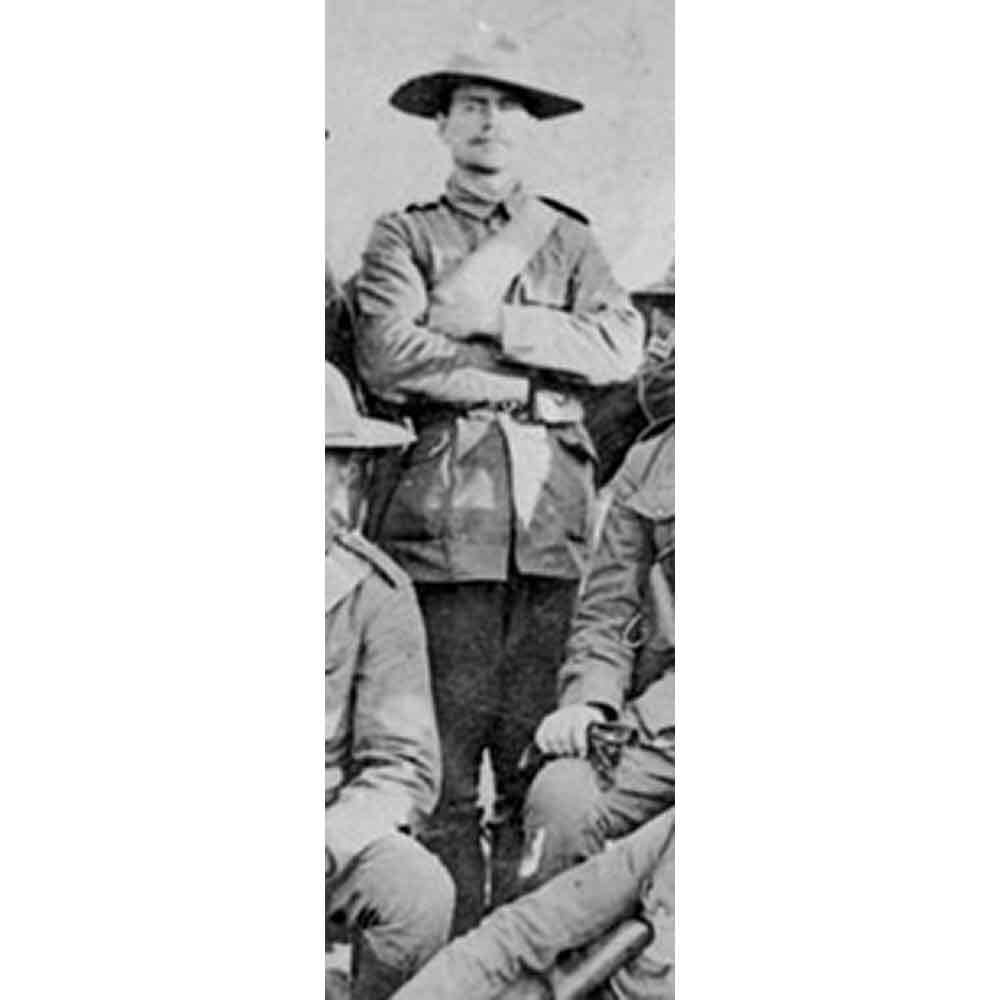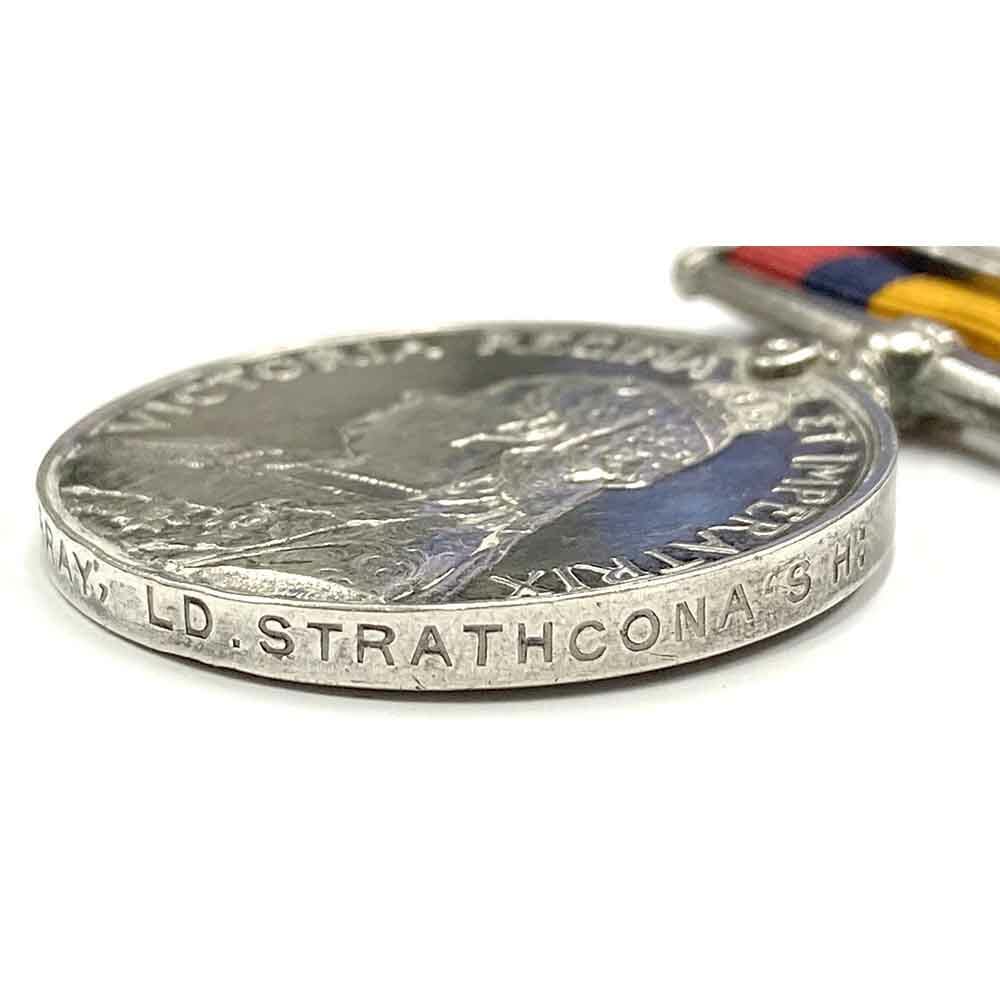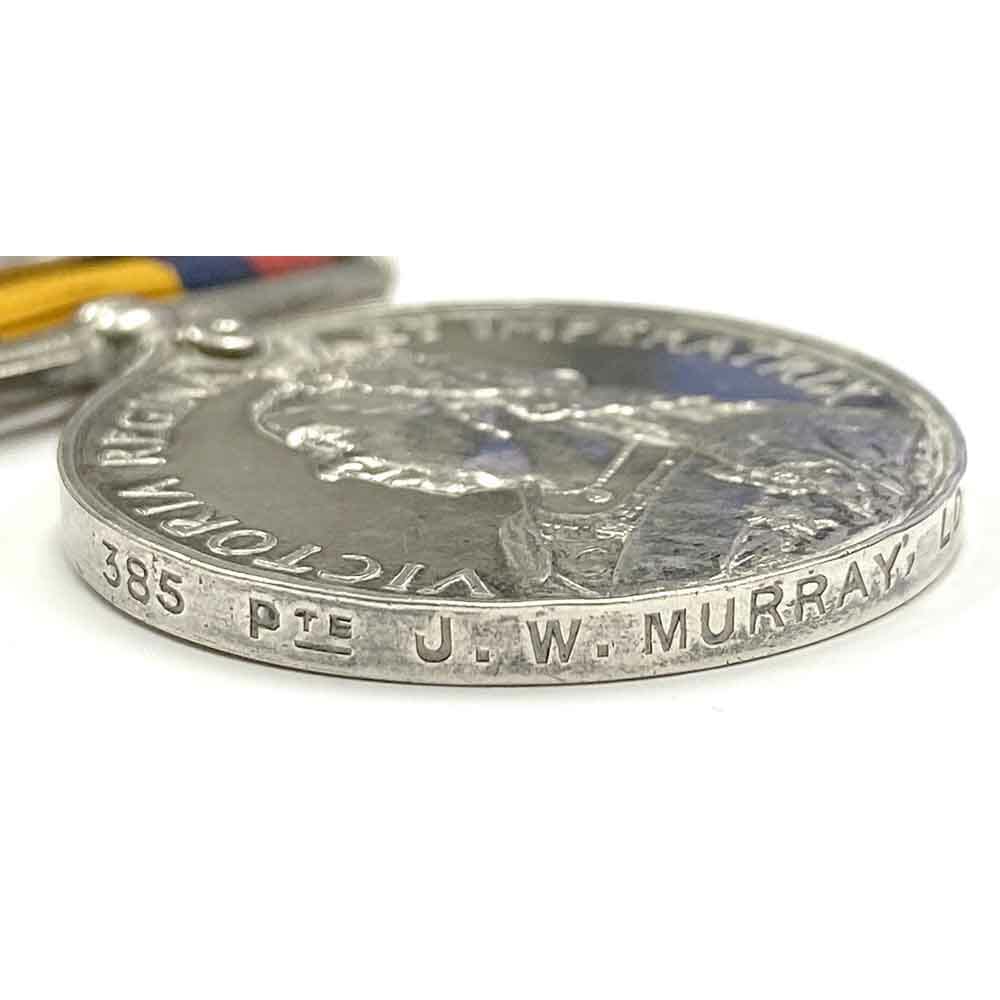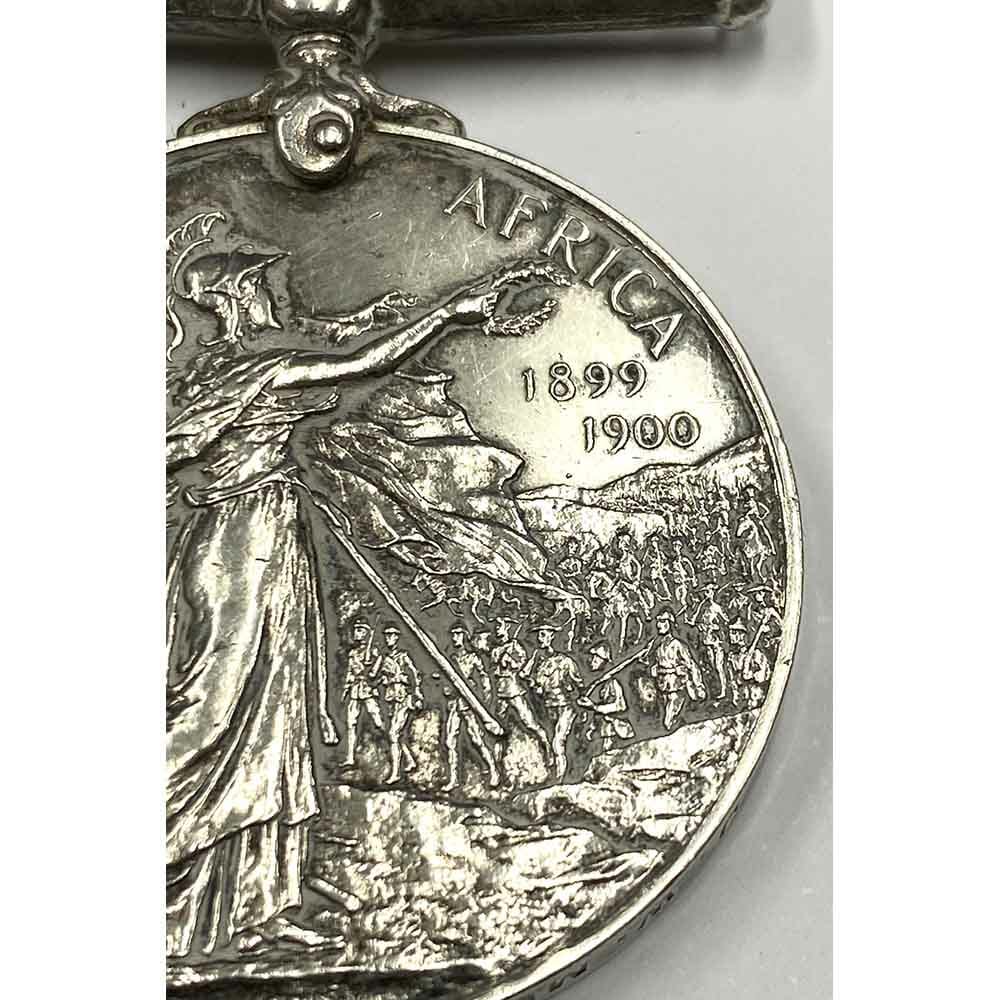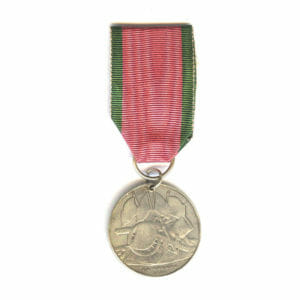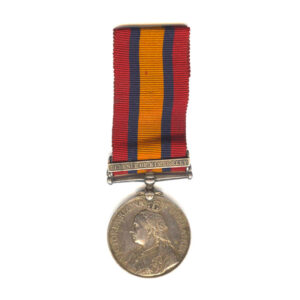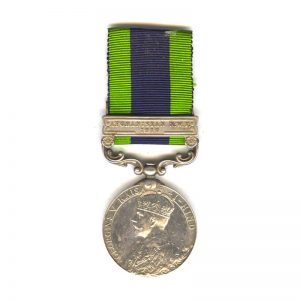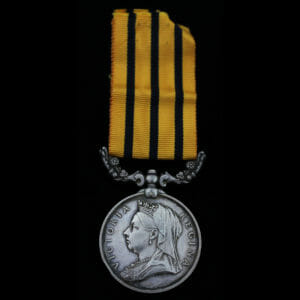Description
Queen’s South Africa Medal, 3 bars, Natal, Orange Free State, Belfast, 385 Pte J. W. Murray, Lord Strachona’s Horse. A Canadian Cowboy, exceptionally rare medal presented by Queen Victoria.
Officially impressed in the usual style for this issue: “385 Pte J.W. Murray Ld. Stratchona’s H:”
With 2 identified group photographs.
Bars are officially riveted and loose on the ribbon, which is as they are issued, with the medal first being presented without bars by the hand of the King with the bars to follow, with a letter in his service record requesting the issue of his clasps.
Only approximately 62 medals were ever issued with the “Raised Dates” reverse, about 58 were issued to Lord Strathcona’s Horse.
John Walter Murray was born in Kilbride Ontario, during 1876.
He attested for service with Lord Stratchona’s Horse for service during the Boer War, aged 26 standing 6 Foot 1 inches tall, described as “Tall, Fair, Moustache” and had made his living as a “Cowboy”.
He had been originally signed up at a recruiting drive in Vernon, one of 16 men to make up the “Vernon Contingent” of the Royal Canadians, Lord Strathcona’s Horse. He had been working as a Cowboy in Okanagan Valley which held many large Cattle Ranches.
Most of the volunteers from the area were also hard-riding Cowboys, almost every one sporting a thick moustache and armed with a Lasso.
The story of the Cowboy Ranchers of Strathcona’s Horse is recounted in Ranch Tales: Stories from the Frontier by Ken Mather:
“The regiment, named Strathcona’s Horse, was to consist of 3 Squadrons, one to be raised in Manitoba, one in the North West Territories (present day Alberta and Saskatchewan), and one in British Columbia.
Commanded by Superintendent Sam Steele of the North West Mounted Police, Strathcona’s Horse was recruited from the Mounted Police and from the ranches of Western Canada. The ranching community of British Columbia was well represented, with Kamloops and the Okanagan Valley contributing a large number of experienced horsemen, mostly hard-riding Cowboys.”
On March 18, 1900, a total of 537 Officers and Men, and 599 Horses sailed from Halifax. The regiment arrived in Cape Town after a rough sea voyage that took the lives of 120 horses. Initially the British Cavalry looked upon the Strathconas with some amusement because they all rode Western saddles and carried Lassos, part of the standard issue that Sam Steele had insisted upon.
However, the ropes proved to be invaluable in capturing wild horses on the veldt, and the ex-cowboys were masters at throwing a loop over the head of bogged horses and pulling them to safety.
Perhaps the best demonstration of their Cowboy skills came at Paardekop, where a band of 500 fresh horses from natal broke out of a kraal (Corral) and galloped off across the Veldt. With whoops of glee, the Strathconas grabbed their ropes and rode after them, succeeding in lassoing half of them. In return for their Cowboy services, which could not have been accomplished without lassos and stock saddles, they were given the pick of the remounts. From then on, the British maintained a healthy respect for these cowboys from “the Colonies.”
The tenacity, Stamina and initiative of the rugged Westerners were ideal to combat the Afrikaners’ unorthodox, guerilla tactics. Because of these qualities and their superb horsemanship, the Strathconas were made scouts for the advancing army and were often the first to make contact with the enemy, resulting in dozens of casualties. 12 Members of the regiment lost their lives in action in South Africa.
In January 1901, the regiment was recalled to Canada and returned via London, where they met their Patron, Lord Strathcona, and received medals from King Edward VII in person. The regiment was wined and dined in London and went out to the theatre every night, something the simple Cowboys found a distinct contrast from their humble lifestyle at home.”
In 1911 he was working as a Farmer in Dalhousie and Sherbrooke township.
He died in New Westminster on 4th March 1940 at the age of 64.
